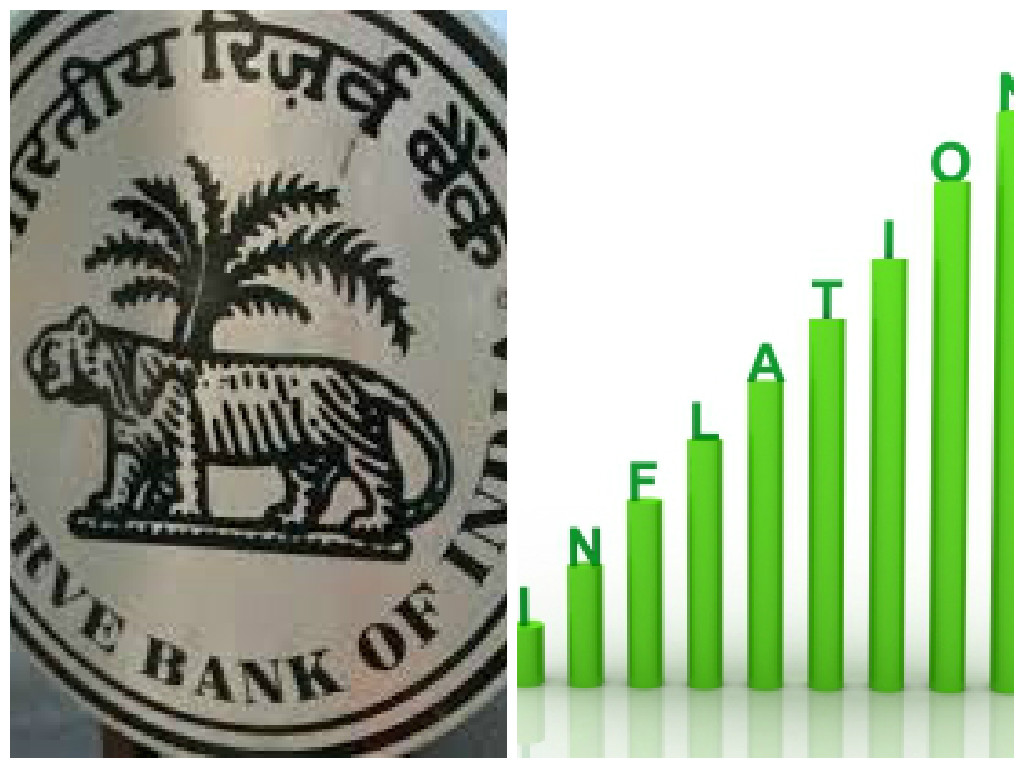RBI: Inflation for housing price declines
Recently RBI announced that Housing price inflation has on its 4 years low and it is on the 4 per cent. The more they added that the housing price has risen by more than 60 per cent in last four years however; Jaipur record the highest price growth which was of about more than 78 per cent.
All of these findings are based on the survey of RBI, which was covering the all data on the transaction level which was distributed for the housing loan in all the 13 major cities from 35 scheduled commercial banks as well as the housing finance companies. As per the statement of RBI, the Indian housing market has witness the upward trend in prices in last four years with the steady rise in Residential Property Price Index (RPPI) which was increased from 107 of 2010-11 to 172 of 2014-15 and it was more than 60 per cent. Jaipur recorded the highest growth whereas; there are also few cities which were recorded the lowest growth such as; Hyderabad and Greater Chandigarh as it recorded the less than 40 per cent growth.
Housing price inflation which was measured by RPPI in terms of annual growth was on its peak in 2012 to 2013 and in recent period it has declined. The survey of RBI revealed that the inflation of housing price has increased by the 4 per cent in 2011 to 2012 and it was almost 28 per cent in the 2012 to 2013 in the third quarter. The annual growth of CPI-Housing Rent Index and housing price index is same in the last seven quarters as per the statement of central bank. It was observed the in FY13, the house prices index was at a higher rate and it was more than the housing rent. Whereas; on the other side house price inflation as well as the housing rent inflation was moved higher in terms of price.
In survey it was observed that the trend was in median Loan-to-Value in the last quarter was indicating that banks are sanctioning the housing loans. LTV ratio is the macro-prudential tools which were used by the banks to control direct exposure to decline the house prices. Apart from that RBI has prescribed the upper limit of more than 80 per cent on LTV for the housing loans which was more than the Rs 20 lakh and in present more than 90 per cent housing loans is more than Rs. 20 lakh. While coming to the median EMI-to-Income ratio as well as the median Loan-to-Income ratio and median House Price-to-Income ratio, they didn’t indicate the any kind of notable variation in the housing affordability in last quarter.
The EMI-to-Income ratio is the effective measures of affordability of housing loan and the borrower whereas; it was the main portion of gross monthly income that is paying the monthly EMI. Recently, RBI has initiated the information system on housing prices and hosing rent through this survey. Whereas; the property price data used in the analysis was appraised by bank and housing finance companies.




